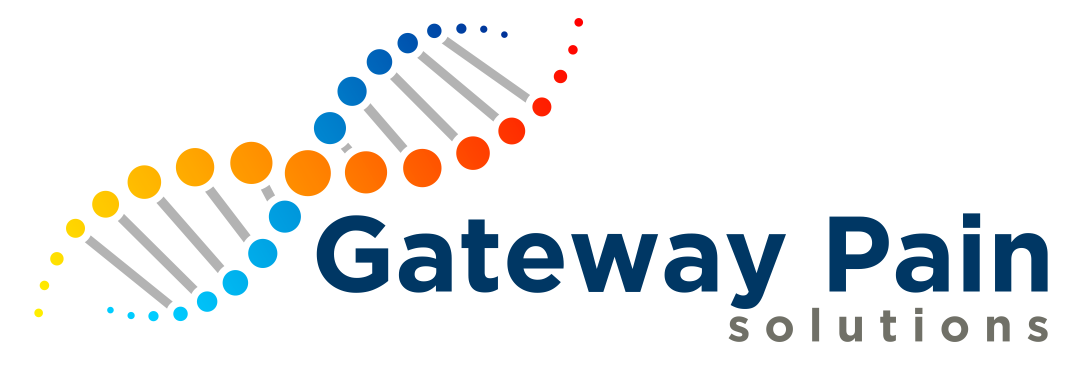Conditions we Treat
Spinal Stenosis
About Spinal Stenosis
Stenosis is a medical term that means “narrowing.” In spinal stenosis, the open spaces in the spine that provide a conduit for nerves become narrower, which means there’s less room for these nerves as they travel from the brain to other areas of the body. As the condition progresses, the nerves eventually become crowded and compressed, resulting in pain and other symptoms. Spinal stenosis is more common among older men and women, occurring as a result of age-related or degenerative diseases of the spine. Arthritis and hard projections called bone spurs are common causes of spinal stenosis. Less often, spinal stenosis can occur in people whose spinal columns are naturally narrow. Stenosis is most common in the neck or cervical spine, or in the lower back or lumbar spine.
Treatment Options for Spinal Stenosis
Prior to treatment, patients will undergo a series of evaluations, including a physical examination of the back, a thorough patient history, review of symptoms, and imaging tests which can include x-rays, MRIs or CT scans to confirm the diagnosis and rule out other conditions that can cause similar symptoms. Very mild stenosis may respond to physical therapy and medication to relieve inflammation and pain, and improve overall mobility. More advanced cases of stenosis may require injections or IVs to the space surrounding the spine (the epidural space) to deliver anti-inflammatory medications. Patients with severe stenosis may require surgery to remove bone or bone spurs so compression is relieved.

